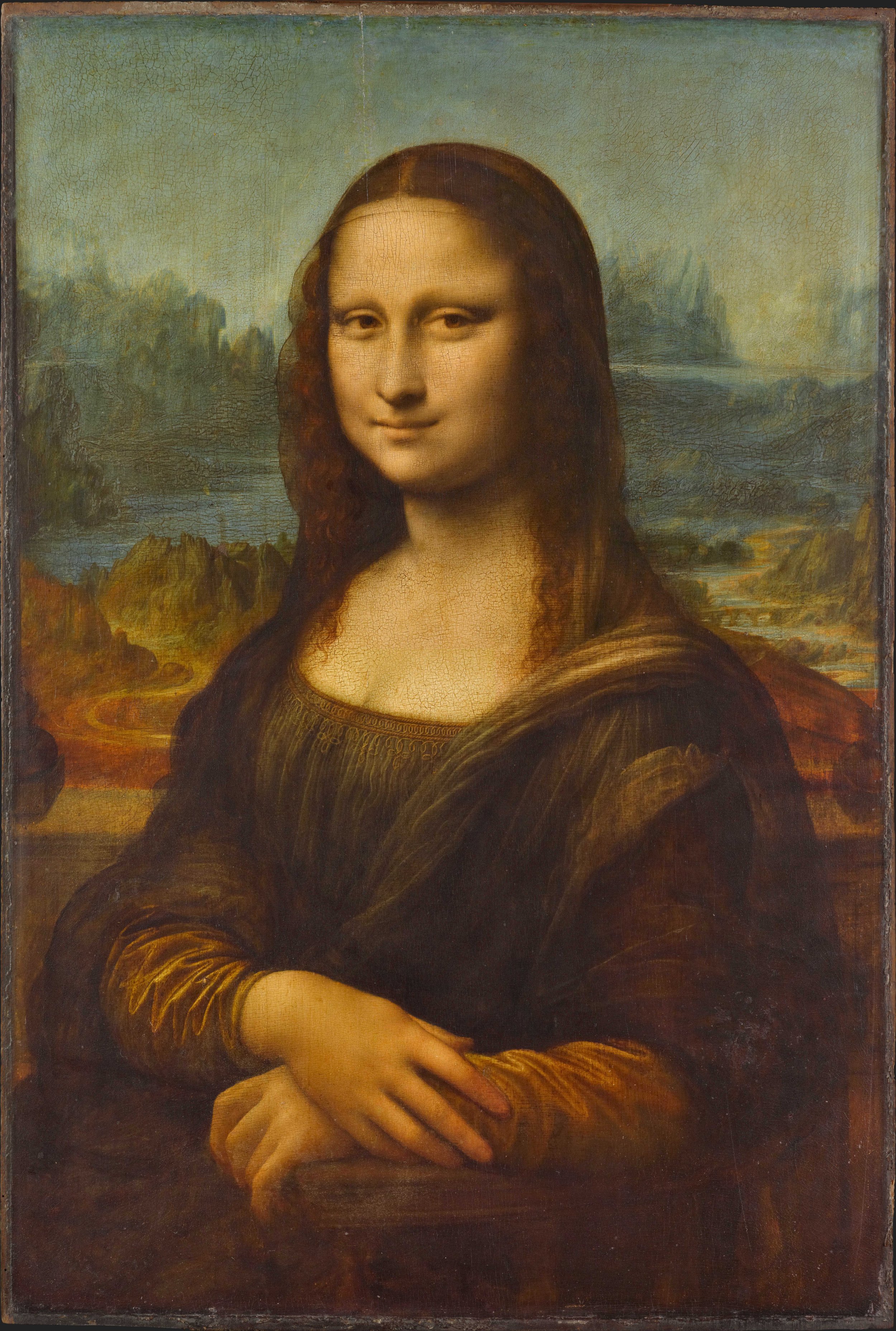The Enigmatic Creation of the Mona Lisa
The Mona Lisa, also known as La Gioconda, is one of the most famous and intriguing paintings in the world. Created by Leonardo da Vinci, this masterpiece has captivated audiences for centuries with its mysterious allure and unparalleled artistry. Here, we delve into the fascinating details and particularities surrounding its creation.
The Model Behind the Masterpiece
The Mona Lisa is believed to portray Lisa Gherardini, the wife of Florentine merchant Francesco del Giocondo. This connection gives the painting its Italian name, “La Gioconda.” Lisa Gherardini’s enigmatic smile and calm demeanor have sparked endless speculation about her true identity and the nature of her expression.
The Mona Lisa
The Timeline of Creation
Leonardo da Vinci began working on the Mona Lisa around 1503. The exact timeline of its completion remains uncertain, as Leonardo was known for his meticulous and sometimes prolonged approach to his works. It is widely believed that he continued to refine the painting over several years, even taking it with him when he moved to France.
Masterful Technique: The Art of Sfumato
The look of the Mona Lisa
One of the defining features of the Mona Lisa is Leonardo’s use of sfumato, a technique that involves the delicate blending of colors and tones. This method creates soft transitions between light and shadow, giving the painting a lifelike, almost ethereal quality. The smooth gradations achieved through sfumato contribute to the three-dimensionality and realism of the portrait.
The Enigmatic Smile
Mona Lisa is her enigmatic smile
Perhaps the most famous aspect of the Mona Lisa is her enigmatic smile. This subtle and elusive expression has puzzled and intrigued viewers for centuries. Depending on the angle from which the painting is viewed, the smile appears to change, reflecting different moods and emotions. This optical illusion is a testament to Leonardo’s genius and his deep understanding of human anatomy and psychology.
The Great Heist: Theft and Recovery
In 1911, the Mona Lisa was stolen from the Louvre by Vincenzo Peruggia, an Italian handyman who believed the painting should be returned to Italy. The theft caused a worldwide sensation, and the painting was missing for over two years. It was eventually recovered and returned to the Louvre, where it has since become one of the museum’s most iconic attractions.
Preserving a Masterpiece
The Mona Lisa has undergone several restorations to ensure its preservation for future generations. It is protected by bulletproof glass and kept in a climate-controlled environment to prevent any potential damage. These measures highlight the painting’s immense cultural and historical value.
The Renaissance Context
The Mona Lisa was created during the Renaissance, a period of great artistic and scientific innovation in Europe. Leonardo da Vinci was a central figure of this era, renowned for his contributions to both art and science. The Mona Lisa embodies the spirit of the Renaissance, blending technical mastery with profound human insight.
Conclusion
The Mona Lisa continues to captivate and inspire people around the world. Its creation is a story of artistic brilliance, historical intrigue, and timeless beauty. Whether admired for its technical excellence or its enigmatic charm, the Mona Lisa remains a testament to Leonardo da Vinci’s enduring legacy and the power of art to transcend time.




